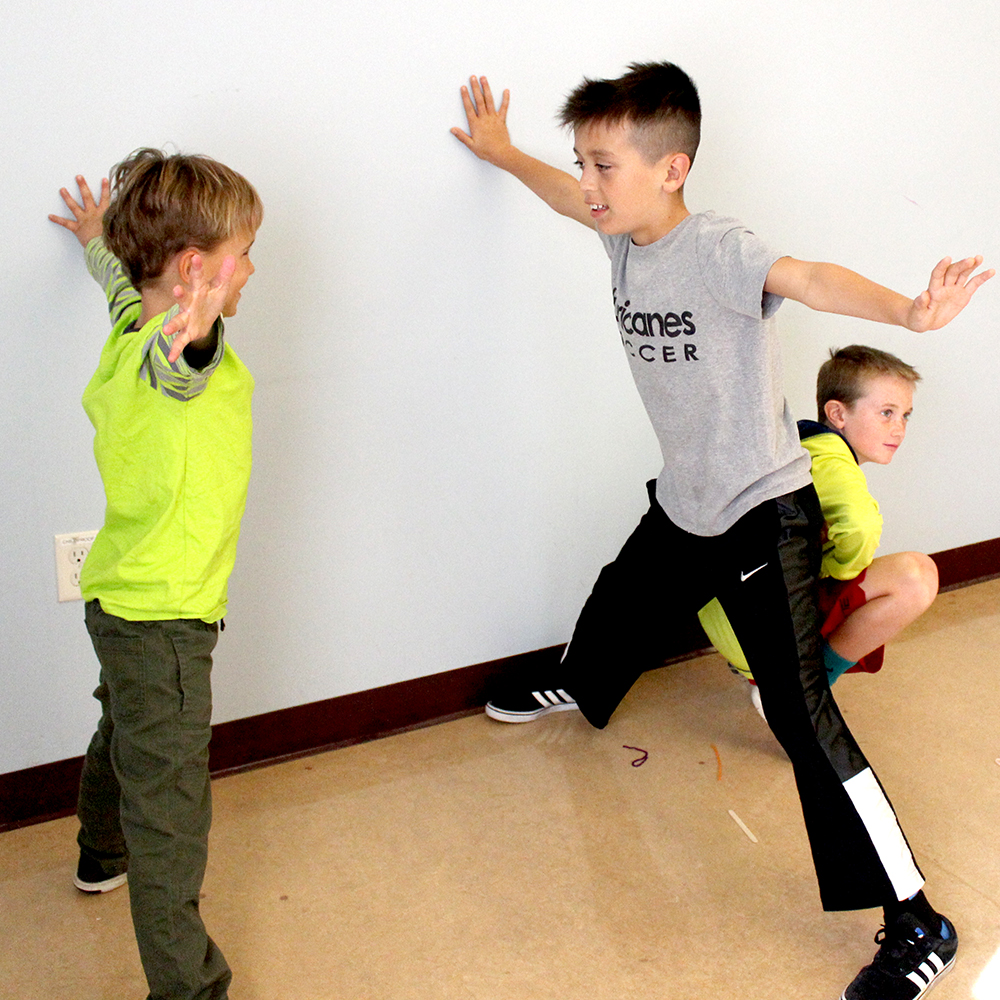Become a real-life shadow! The goal of this activity is to follow each and every move of a partner. This group activity challenges children to practice balance and pacing, as well as improvisation.
Materials Required
- No materials are needed
Instructions
- Find a partner. Decide who is the leader and who is the shadow.
- The leader moves around. The shadow continuously follows each and every move of the leader without running into him or her.
- Leaders, try to make big and funny movements to add difficulty to the game! Movements might include: walking, fast walking, crawling, skipping, running, etc.
- Shadows, keep in mind that the leader’s movements can change at any moment. Be ready! Think about balance, distance, and pacing while copying the leader’s moves. Be careful not to run into the leader!
- After a few minutes, switch roles!
Additional Tips
Try this activity variation:
- Try having two or more shadows follow one leader. Can you all move together?


